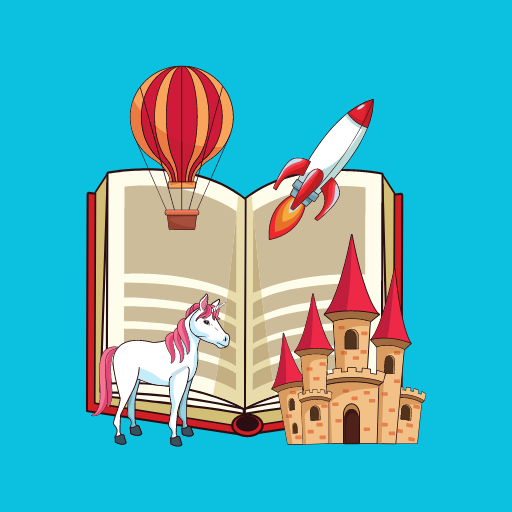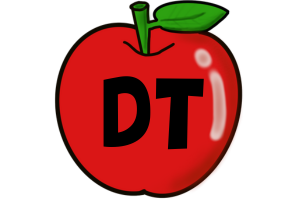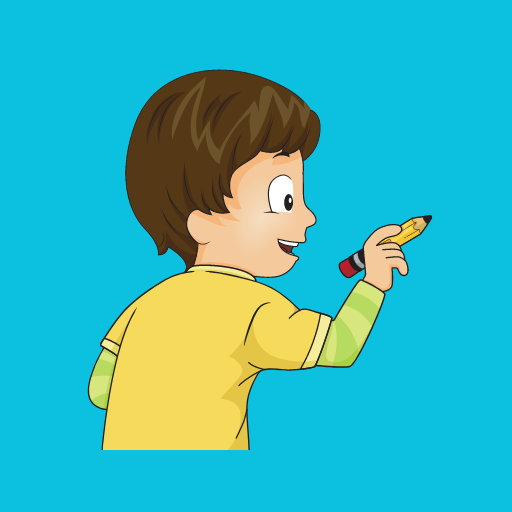Writing can be at times intimidating for ESL students and it is a good idea to find easy ways to introduce writing into their lessons which becomes fun and exciting as well. Story starters and prompts are some simple elements that can get your students writing in the first place.

Today, we look at different ESL writing prompts and story starters and how you can use them to give your students a push in the right direction towards writing. We also consider the worksheets and activities that help students start writing stories.
Lesson Plan: Story Starters
Objective: To develop creative writing skills and improve English language proficiency by using story starters to create engaging narratives.
Level: Intermediate
Time: 60 minutes
Materials:
- Whiteboard or blackboard
- Story Starters worksheet (printed copies or digital access)
- Paper and pens/pencils for each student
Procedure:
- Warm-up (5 minutes): Begin the lesson by engaging students in a brief discussion about storytelling. Ask questions such as:
- What makes a story interesting?
- What are some elements of a good story?
- Do you enjoy writing or reading stories? Why?
- Introduction (5 minutes): Introduce the concept of story starters to the students. Explain that story starters are sentence or prompt beginnings that help jumpstart creative writing. Display or distribute the Story Starters worksheet and explain that students will use these prompts to write their own stories.
- Vocabulary Review (10 minutes): Review any vocabulary words or phrases from the story starters that students might find challenging. Write the words on the board and elicit their meanings. Provide examples and encourage students to use the words in their own sentences.
- Guided Practice (15 minutes): Instruct students to choose one story starter from the worksheet. Ask them to take a few minutes to brainstorm ideas for their story, considering the characters, setting, and plot. Encourage them to think creatively and share their ideas with a partner.
- Writing Activity (20 minutes): Give students time to write their stories based on the chosen story starter. Remind them to include details, descriptions, and a clear beginning, middle, and end in their narratives. Walk around the classroom, offering assistance and guidance as needed.
- Sharing and Feedback (5 minutes): After the writing time is over, allow students to share their stories with a partner or in small groups. Encourage active listening and provide constructive feedback on their classmates’ work. Emphasize positive aspects and offer suggestions for improvement.
- Wrap-up (5 minutes): Conclude the lesson by having a brief class discussion about the writing experience. Ask students to share what they enjoyed about creating their stories, any challenges they faced, and what they learned from the activity. Encourage them to continue practicing their writing skills outside the classroom.
Extension Activities:
- Ask students to revise and edit their stories based on the feedback received, and then have them present their stories to the whole class.
- Have students choose a story starter and write a collaborative story as a group. Each student can contribute a paragraph or a section to the story.
- Organize a story-sharing session where students can read their stories aloud to the class. This promotes listening skills and provides an opportunity for peer appreciation.
Worksheet 1: Story Starters
- One day, a mysterious package arrived at the doorstep. When I opened it, I couldn’t believe my eyes…
- It was a sunny morning when I woke up to find that all the animals in the world could speak. I decided to go on an adventure with…
- Sarah was walking through the forest when she stumbled upon a hidden pathway. As she walked along the path, she noticed…
- In a small town, there was a legendary treasure hidden somewhere. Three friends named Jack, Lily, and Tom set out on a quest to find it. Little did they know…
- It was the first day of school, and everything seemed normal until a new student arrived. This student had a peculiar secret…
Worksheet 2: Prompts
- Imagine you woke up one morning with the ability to fly. Write a story about how you would spend your day.
- Write a story about a time when you went on a camping trip with your friends. Include details about the activities you did and the adventures you had.
- Imagine you found a magical portal in your backyard that transported you to a different time period. Write a story about where you traveled and what you experienced.
- Write a story about a character who discovered a hidden talent they never knew they had. How did this talent change their life?
- Imagine you are stranded on a deserted island. Write a story about how you survive and eventually find a way to return home.
ESL Story Starters & Prompts – A Complete Guide
When you teach your ESL students to start using English, story starters and writing prompts can be quite useful. You can keep things simple by asking them to write short stories or responses or focus on in-depth, detailed writing, depending on the student level. Writing prompts makes a great time-filler, warm-up activity or homework task and students can use their creativity to practice writing using these tools.
The way a story begins is quite important. It is the first few lines of the story that decide whether the reader reads on or quits. The beginning should be such that the reader wants to find more and keep reading. Story starters are a group of words that help learners get started with writing a story. Giving prompts and story starters can give a nice starting point for developing a great piece of writing.
Story starters and prompts can be converted into exciting games to make it fun and interesting. You can play plot twists with the students to keep the story writing task engaging. You can create general as well as unique plot twists in the stories. You can ask the students to combine two writing prompts in a single story. You can also ask students to write a newspaper article, journal entry or something else instead of a short story.
Another way to use writing prompts is to involve other students and make the activity community-oriented. An exciting way is to use a timer and let the students write the story. When the timer goes off, the story is passed to the next student and they start writing. This continues till the original writer gets back his story.
ESL Writing Prompts For Beginners
Beginners of all ages can use writing prompts to write about things like the people they love, their families, their childhood memories, their future hopes and their beliefs. These writing prompts can be handed out in the form of book excerpts, newspaper clipping or a short essay in which the author has talked about that thing.
ESL writing prompts can be downloaded and printed to be given to the students before their writing exercises. These worksheets cover a variety of topics like writing about early memories from childhood, writing letters to somebody you love, writing about one’s own life, a letter to somebody you haven’t seen for long or describing the home you lived as a child. The printables include some clues about what you should write, how you should get started and what the content should cover.
You can start with process writing for beginner learners as they write simple steps in simple present tense. Writing prompts for such content would consist of questions that describe the topic. For advanced learners, these prompts can be used to write paragraphs with smooth transitions.
Another thing students should practice is writing opinions using prompts. Graphic organizers would prove to be a great help for helping students understand what they should write about the given topic. These organizers can be printed and given to the students to help them bring thoughts together before they start writing.
Stories are loved by all but it is difficult to start writing one confidently. Students can come up with exciting stories if they are given story starters. With some fun and creative story starters, you can inspire them to create interesting stories that go beyond fairy tales. Story writing prompts can be in the form of scenes. You can also give the specific phrase the story should start with.
Another way to inspire story writing is by choosing a character from a story and putting it in a different setting from another book and then ask the students to write what happens. You can also ask each student in the class to note down one setting, a character and an object in three pieces of paper. You can redistribute these and ask the students to write a story incorporating the character, setting and object they receive.
ESL Finish The Story Worksheets
Writing practice worksheets are great ways to help students practice writing and assess their skills. These worksheets are colourful with spaces where students can write their responses. ESL Finish the Story worksheets help students improve their writing skills by completing the stories, writing the responses in practical situations, answering questions and defending a position.
The worksheets contain story starters and writing prompts that students can use to create a content creatively. Finish the Story worksheets are designed to enable students to use their imagination to come up with something unique. These worksheets can be easily downloaded and printed to be given to students for their writing practice exercises and lessons. Teachers can easily read the responses and assess how well the student has done.
ESL worksheets can be found on the basis of the level of the student and the writing topics in focus. They range from beginner to intermediate and expert level to suit different types of learners. These worksheets also facilitate various fun games and activities which can be used in the class to practice writing.


